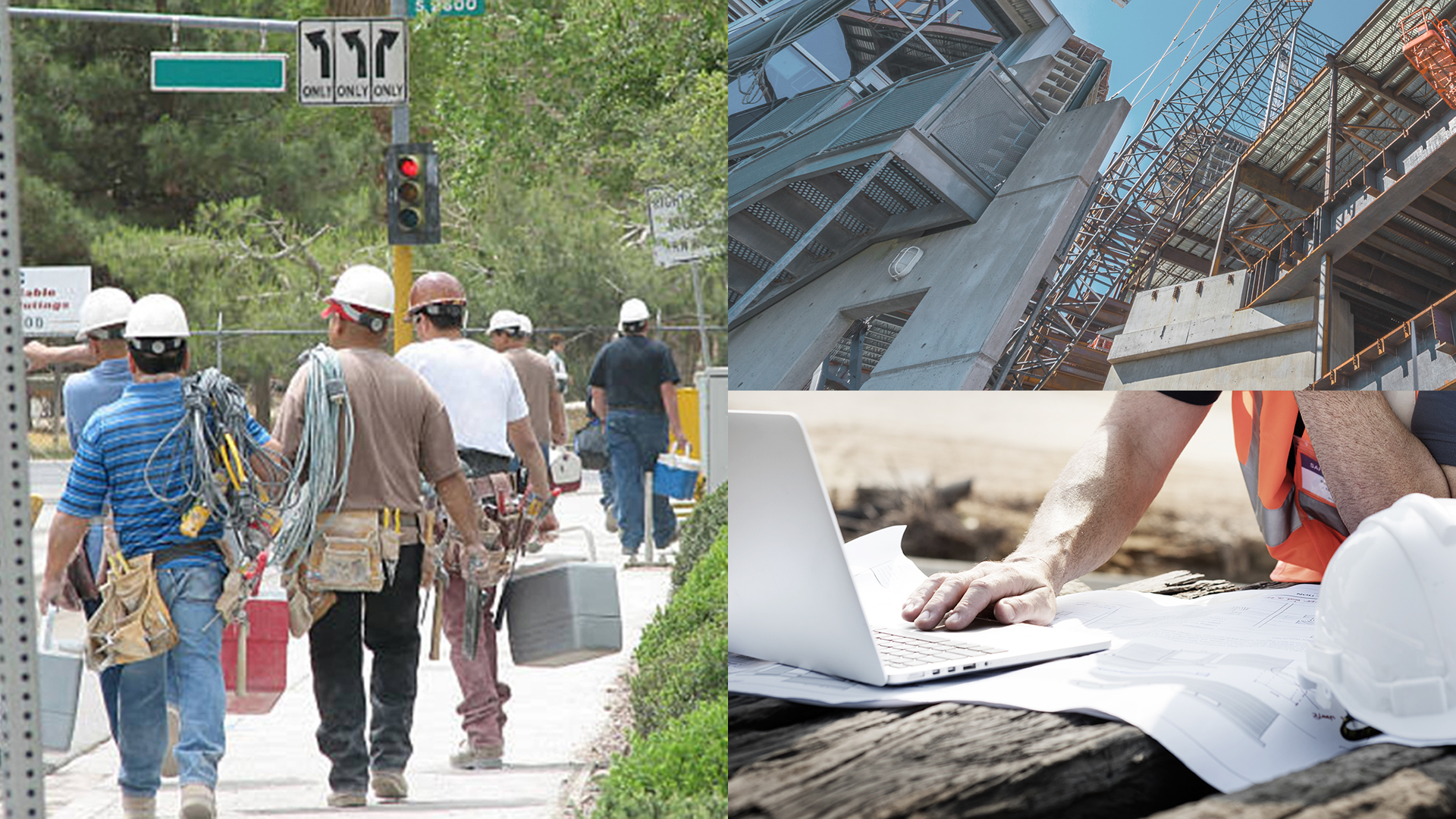Contact
Em: info@ontarioconstructionconsortium.org
Em: info@ontarioconstructionconsortium.org
Em: info@ontarioconstructionconsortium.org

Phil Giles is from the Ontario Construction Consortium, a think tank/lobby supported by the province’s unionized construction sector.

Through training and education, the OCC will ensure that the dedicated and skilled workforce on job sites all over Ontario are at the top of their game.

Powered by TCCO